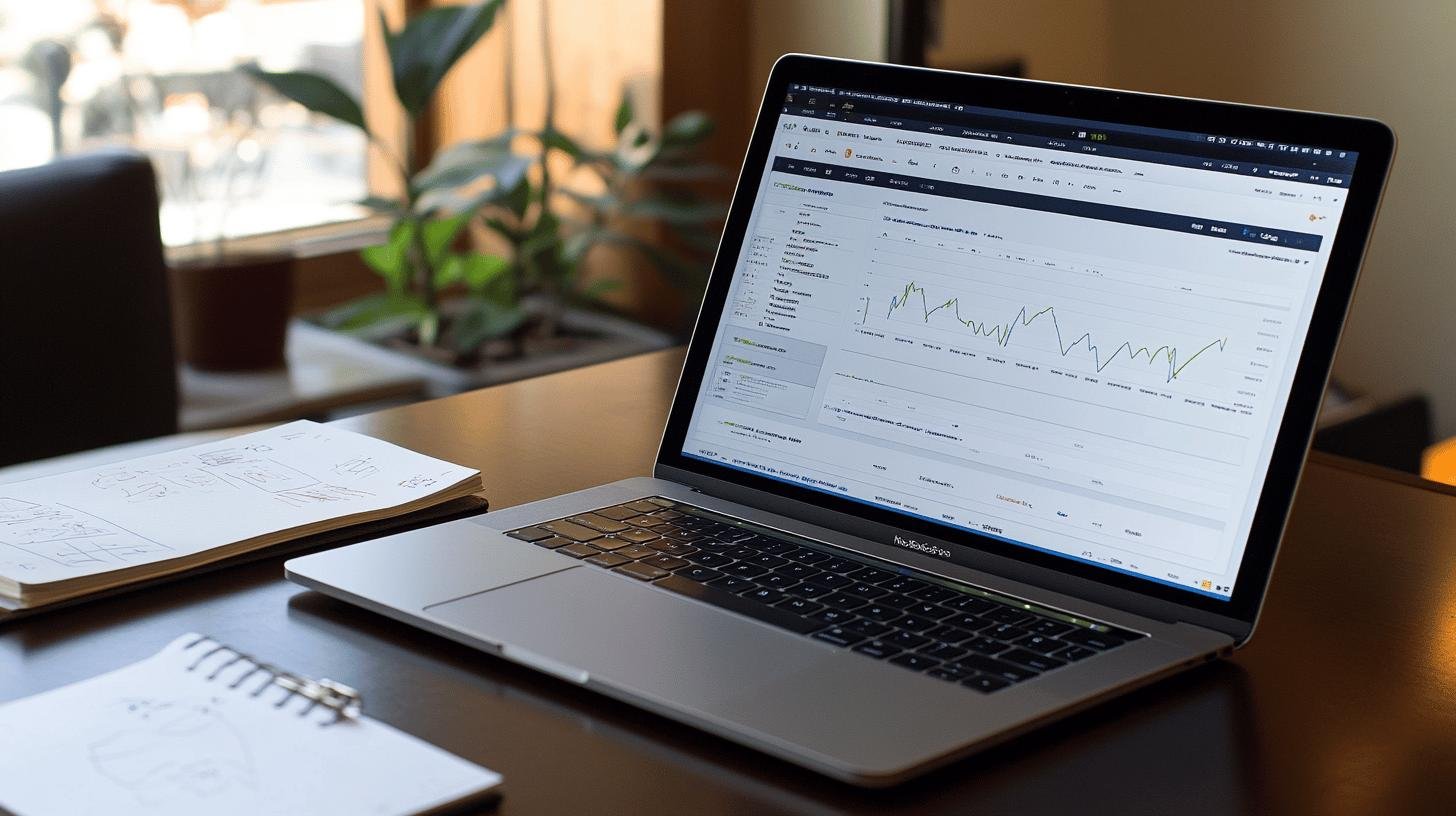Have you ever wondered why certain websites appear to be stalled while others soar in Google’s rankings? It’s not as a party guest with a limited time to browse your site. If it’s stuck in a maze of errors and unimportant pages, your key content might never get indexed! Let’s learn how to optimize the crawl budget for better SEO game and ensure your best pages get the spotlight they deserve. Ready to boost your rankings? Let’s go!
Understanding How to Optimize Crawl Budget in SEO
In understanding how to optimize crawl budget in SEO, the crawl budget is like Google’s time limit for exploring your site. Imagine Googlebot having a limited number of pages it can check in a specific timeframe. This number can range from only a few pages to millions, depending on your site’s size and health. This means no indexing and no chance to appear in search results!
Factors affecting your crawl budget include:
- Site size: Larger sites may need more attention.
- Site health: Issues like broken links could cause delays.
- Link quantity: More links usually indicate greater importance.
- Server speed: Faster servers help Googlebot crawl more efficiently.
- Content updates: New content can invite more crawling.
Further on how to optimize crawl budget, note that managing your crawl budget is like rolling out a red carpet for Googlebot. A well-managed crawl budget ensures all important content gets indexed quickly. This boosts your chances of ranking higher in search results, which is essential for great SEO performance!
Importance of Optimizing Crawl Budget

Ever wonder why some of your web pages don’t appear in search results? If you’re asking, “Why isn’t my page ranking?” Then you should learn how to optimize crawl budget. Poor crawl budget management might be to blame. Unindexed pages can’t rank, which keeps your amazing content out of sight! It’s like inviting guests but forgetting to open the door. Ignoring your crawl budget can leave key pages unnoticed, wasting SEO efforts.
When you explore how to optimize crawl budget, it can change the game for your SEO. By monitoring it, you’re sending a VIP invite to Googlebot. This ensures crucial pages get indexed faster, improving your chances of climbing search rankings. Moreover, efficient crawling enhances site visibility, boosting overall SEO.
Site size affects SEO, as larger websites may require more crawl attention. Server speed plays a role too, with fast servers enabling more efficient crawling. Frequent content updates can attract crawlers to revisit more often. Additionally, a higher number of links can signal to search engines that a page is important.
When you know how to optimize crawl budget in SEO, you are essentially telling Googlebot, “This is the good stuff!” Thus, your most valuable pages get the spotlight they deserve. Keep those digital doors wide open for crawlers!
Practical Steps to Optimize Crawl Budget
Does your website feel like a snail when it should be a cheetah? Let’s tackle that by boosting page speed and minimizing errors. Fast-loading pages help Googlebot navigate your site, allowing it to crawl more pages quicker. Errors act like speed bumps for crawlers—fixing them ensures a smooth journey. Think of it as welcoming search engine bots so they don’t miss anything!
Prioritizing high-value pages is no-brainer. Make sure your key content shines in your crawl budget. This might involve improving your internal linking structure or using tools like XML sitemaps to guide crawlers to essential pages first. Also, minimize redirects—redirect chains resemble wild goose chases for crawlers, leading them away from crucial content.
Here are some steps to get started:
- Improve page speed: Use optimized images and caching plugins.
- Fix errors: Regularly check and correct broken links.
- Prioritize important pages: Use internal links wisely.
- Reduce redirects: Aim for direct links over chains.
- Update XML sitemaps: Keep them current to guide bots.
- Manage robots.txt: Block unnecessary crawls effectively.
Clearing duplicate content is key to optimizing your crawl budget. Duplicates can confuse crawlers, wasting resources and time. By ensuring each page offers unique, valuable content, you’re helping Googlebot focus on what truly matters. Cut through the noise and make your site an SEO star!
Tools and Techniques for Monitoring Crawl Activity

Why is it important to monitor your crawl activity? It’s like a health check-up for your site. By observing how often and how well crawlers visit, you can catch issues early and sustain your SEO’s health. If search engines can’t crawl your site efficiently, your pages might not get indexed, and that’s bad for SEO! Regular checks let you spot and resolve potential issues before they escalate.
Top tools to track crawl activity include:
- Google Search Console: Provides detailed crawl stats and issue alerts.
- Screaming Frog: Excellent for deep SEO analysis.
- Logstash + Kibana: Great for visualizing server log data on larger sites.
- SEO Log File Analyser: Ideal for inspecting smaller site logs.
- Ahrefs Site Audit: Offers insights into crawl issues and site health.
These tools act as your SEO detectives. By analyzing crawl data, you can identify where crawlers might be stalling. Perhaps there’s a broken link or a redirect loop causing trouble. Early identification allows you to fix these issues, ensuring your site remains accessible to search engines. Let’s get those bots back on track and ensure your site receives the attention it deserves!
Advanced Tips for Enhancing Crawl Budget
Wondering how to get digital crawlers to focus on your site’s highlights? Prioritizing significant pages and using strategy-driven internal linking are vital! Direct Googlebot to your top content to ensure these pages get due attention. It’s like giving a VIP pass to your website’s best parts, ensuring they’re indexed first. Internal links act as road signs, efficiently guiding crawlers from page to page, aiding in effective crawling and indexing.
Advanced tips to supercharge your crawl budget include:
- Optimize URL structure: Keep URLs simple and descriptive.
- Use hreflang tags: Guide crawlers for localized content.
- Create a content hierarchy: Prioritize key pages in your sitemap.
- Implement breadcrumb navigation: Benefits both users and crawlers.
By applying these strategies, you’re mapping Googlebot’s journey to your best content. Optimizing URLs and deploying hreflang tags ensure every piece is accessible and indexed correctly. A clear content hierarchy and breadcrumbs boost your site’s crawlability, ensuring no crucial page is skipped. With these tactics, your website becomes a seamless machine, ready to ascend the search rankings!
Conclusion
Understanding how to optimize crawl budget is essential for SEO success. We started by covering the basics and the key factors that influence it, as inefficient crawling can cost you valuable search rankings.
Optimizing your crawl budget isn’t optional—it’s crucial for better indexing. We’ve outlined practical steps and tools to help maintain your site’s performance, with advanced strategies like strategic internal linking to give you an edge.
By prioritizing crawl budget optimization, you’ll ensure your site is well-prepared for search engine crawlers and positioned for success.
FAQ
How do I calculate the crawl budget?
The crawl budget is calculated based on the number of pages Googlebot crawls within a certain timeframe. This is influenced by site size, health, and server capacity.
What is crawl budget?
Crawl budget refers to the number of pages a search engine’s crawler will crawl on your site within a given period. It’s crucial for ensuring new and updated pages are indexed.
How do I improve crawl budget SEO?
Optimizing crawl budget involves improving page speed, fixing errors, prioritizing important pages, and reducing redirects. Efficient crawl management benefits SEO by ensuring key pages are indexed.
What determines crawl budget?
Crawl budget is determined by factors like site size, update frequency, server efficiency, number of links, and page importance. These dictate how often search engines crawl your site.
How do I optimize my web crawler?
To optimize your web crawler, prioritize important pages, update sitemaps, minimize errors, manage redirects, and ensure a clean robots.txt file. This helps in efficient crawling and indexing.




